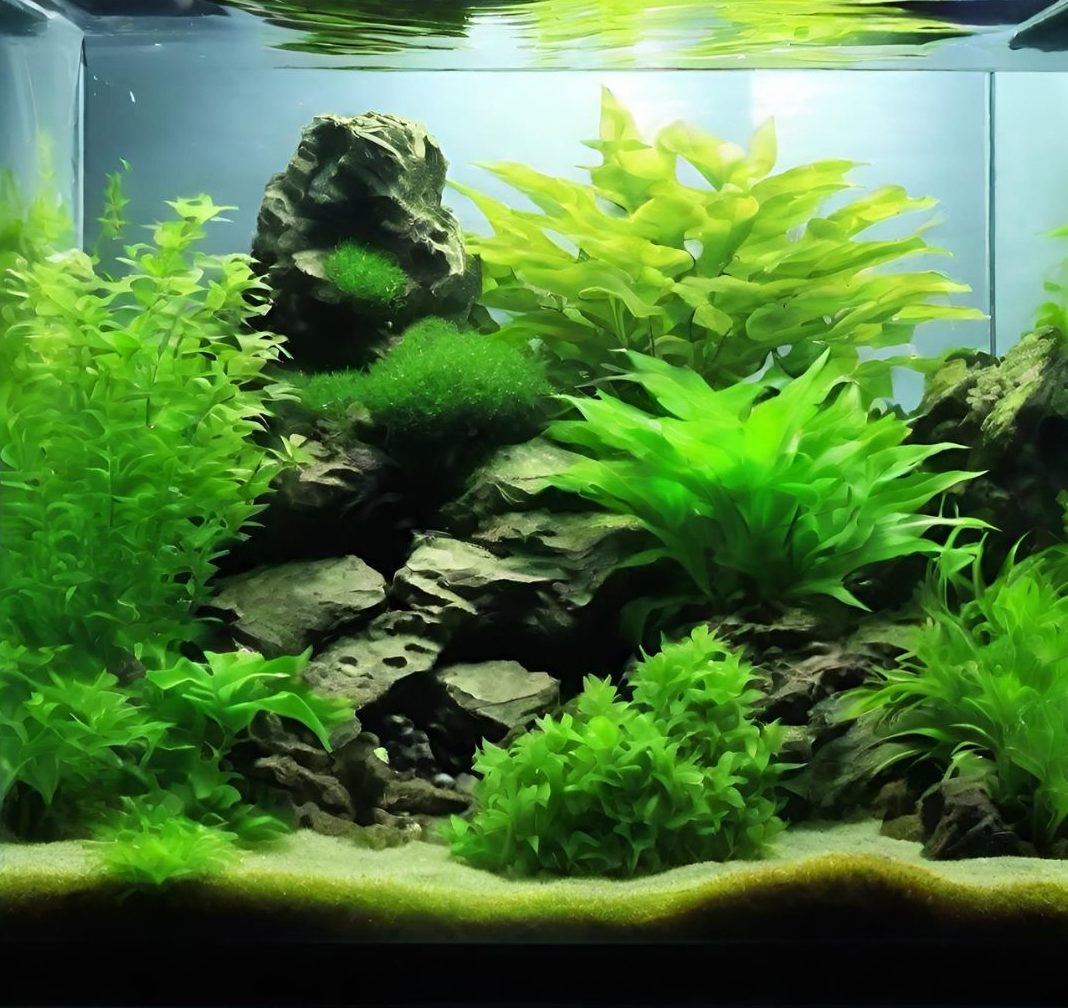Disclosure: Please note that some of the links on this site are affiliate links. If you click on these links and make a purchase, we may earn a small commission at no extra cost to you. Your support is greatly appreciated and helps us continue to provide valuable content. Thank you! (full disclosure)
New Plants, New Problems? The Need for Aquarium Plant Quarantine
Adding new plants to your aquarium can be an exciting experience. They not only enhance the aesthetic appeal of your underwater world but also contribute to the overall health of your aquatic ecosystem. However, before you rush to introduce those vibrant green additions to your tank, there’s an important consideration: Should you quarantine new aquarium plants? In this article, we’ll explore the reasons behind plant quarantine, how to do it effectively, and whether it’s a necessary step for every aquarium enthusiast.
Why Quarantine Aquarium Plants?
Quarantining aquarium plants might seem like an extra step, but it serves several crucial purposes:
1. Pest Prevention: Just like fish, the best aquarium plants can harbor unwanted guests. Snails, algae, and various parasites can hitchhike on new plants, potentially causing havoc in your tank. Quarantining helps you identify and eliminate these potential threats before they reach your established aquarium.
2. Disease Control: New plants can carry diseases that might infect your existing aquatic inhabitants. By keeping them separate for a while, you reduce the risk of introducing pathogens into your well-maintained tank.
3. Observation and Adjustment: Quarantining allows you to observe the new plants closely. You can ensure they’re healthy, free from defects, and suitable for your aquarium setup. It also gives the plants time to acclimate to your tank’s water parameters before being permanently added.
How to Quarantine Aquarium Plants
Now that we understand why quarantine is essential let’s delve into the step-by-step process of effectively quarantining your new aquarium plants:
1. Isolation Tank: Set up a separate isolation or quarantine tank. This tank should be equipped with appropriate lighting, filtration, and heating to mimic the conditions in your main aquarium. Ensure it’s free from any existing fish or other inhabitants.
2. Plant Inspection: Examine your new plants carefully. Look for signs of pests, diseases, or damage. Trim any unhealthy leaves or stems to encourage new growth.
3. Rinse and Disinfect: Rinse the plants thoroughly under running water to remove any debris, snails, or algae. Consider dipping them in a solution of aquarium-safe disinfectant for added precaution.
4. Observation Period: Place the plants in the quarantine tank. Monitor them closely for at least two to four weeks. During this time, keep a close eye on the plants for any signs of illness or pests. Quarantine allows you to catch potential issues early.
5. Weekly Checks: Perform regular water tests in the quarantine tank to ensure the water parameters are stable and suitable for the plants. Adjust lighting and nutrient dosing as needed to promote healthy growth.
6. Final Evaluation: After the quarantine period, assess the condition of the plants. If they have remained healthy and pest-free, they are ready to be transferred to your main aquarium.
Is Plant Quarantine Always Necessary?
While quarantine is a valuable practice, it may not be necessary in every case. Here are some factors to consider when deciding whether to quarantine new aquarium plants:
1. Trusted Sources: If you purchase plants from a reputable source known for their quality and disease-free stock, the risk of introducing pests or diseases may be lower.
2. Established Tank: In a well-established aquarium with a robust biological balance, the risk of introducing pests or diseases is generally lower than in a newly set up tank.
3. Personal Preferences: Some aquarists choose not to quarantine plants due to personal preferences or past experiences. However, this approach comes with some level of risk.
4. Quarantine History: If you’ve had issues with pests or diseases from new plants in the past, it’s a strong argument in favor of implementing a quarantine routine.
Conclusion
In the world of aquarium keeping, the question of whether to quarantine new plants ultimately depends on your circumstances and risk tolerance. While quarantine is an additional step, it provides a valuable buffer against potential problems. It’s especially important if you’re introducing new plants to a sensitive or newly established aquarium.
Remember that the health and well-being of your aquatic ecosystem should be a top priority. A little extra time and effort spent on quarantine can save you from the headaches and heartaches of dealing with unwanted pests or diseases down the road. Whether you choose to quarantine or not, always stay vigilant, maintain good tank hygiene, and enjoy the beauty and tranquility of your underwater world.
In the end, the decision to quarantine new aquarium plants is a matter of balance between precaution and convenience. Make the choice that aligns with your goals and ensures the long-term health of your aquatic pets and plants.
Amazon and the Amazon logo are trademarks of Amazon.com, Inc, or its affiliates.


